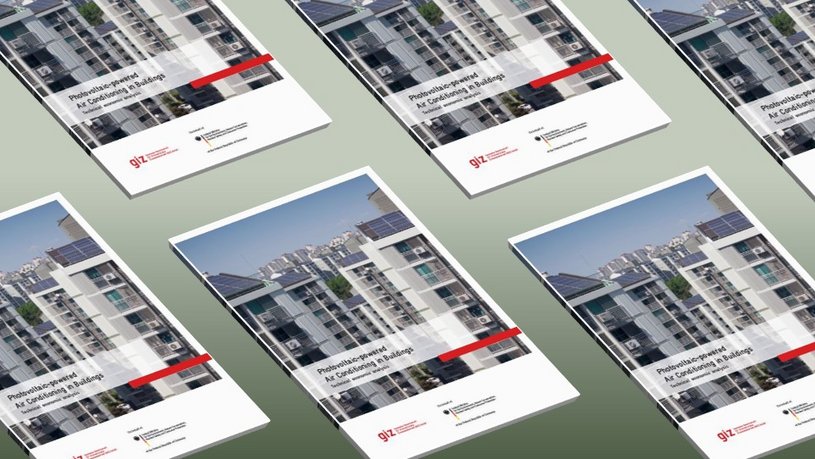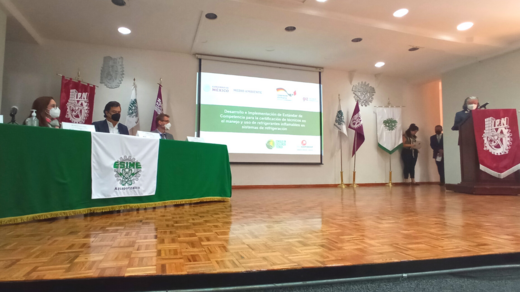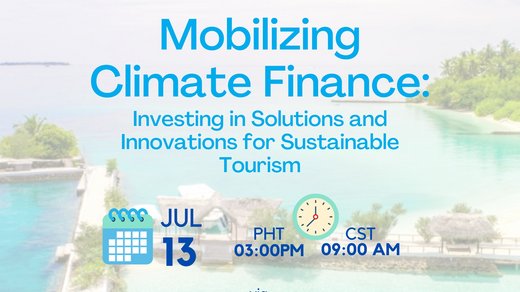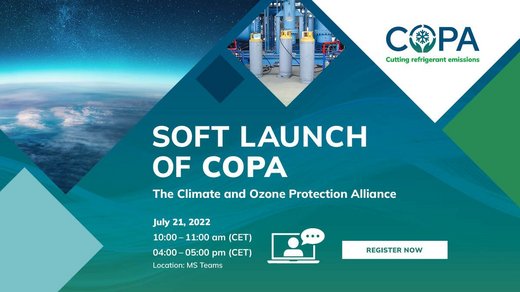This study explores the economic and technical potential of the use of solar PV-powered green air conditioners in 13 countries.
Space cooling in buildings is characterized by enormous growth rates, due to increasing ambient temperatures, growing population and urbanisation. Air-conditioned buildings in many countries are largely dominated by mid to low appliance energy efficiency levels, highly climate-damaging refrigerants as well as fossil-fuel based electricity supply. This in sum generates a huge amount of greenhouse gas (GHG) emissions, furthering climate change.
The objective of this paper is to further unfold the technical and economic potential of solar PV-powered green air conditioners. Therefore it focuses on the most widely applied type of active cooling appliance: single split-type air conditioning systems with a cooling capacity up to 5 kW. It looks at the current development of technical main components (AC, PV system, battery storage) and based on that defines model cases for hybrid and off-grid solutions for private and small commercial application. The technical and economic potential for these cases is then analysed for 13 countries by calculating the Levelized Cost of Electricity (LCOE) and the Net Present Value (NPV). Subsequently, a case study on Médecins Sans Frontières’s (MSF) solar AC project in Haiti provides practical insights on the use of PV-powered AC systems in the context of off-grid social infrastructure.

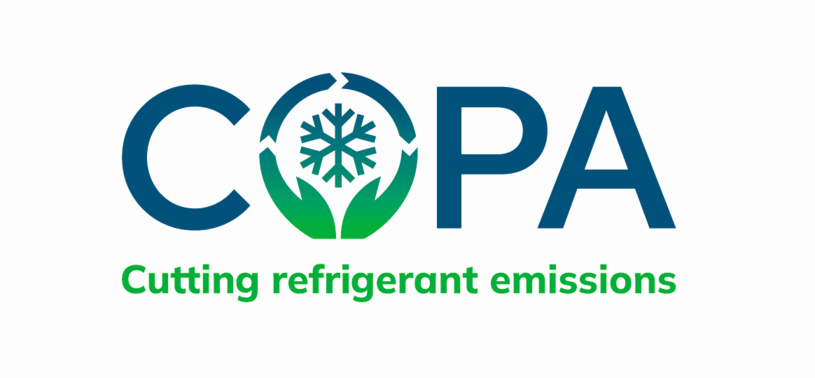
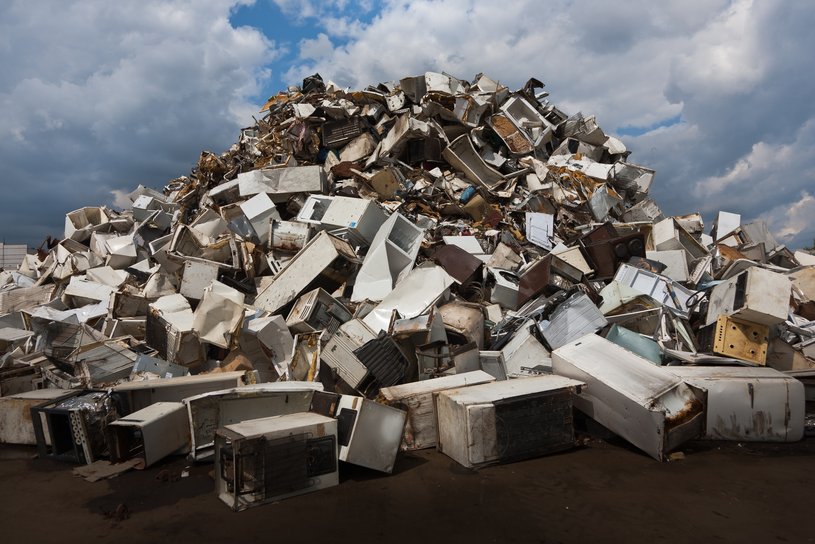 Image: Shutterstock / Mikhail P.
Image: Shutterstock / Mikhail P.